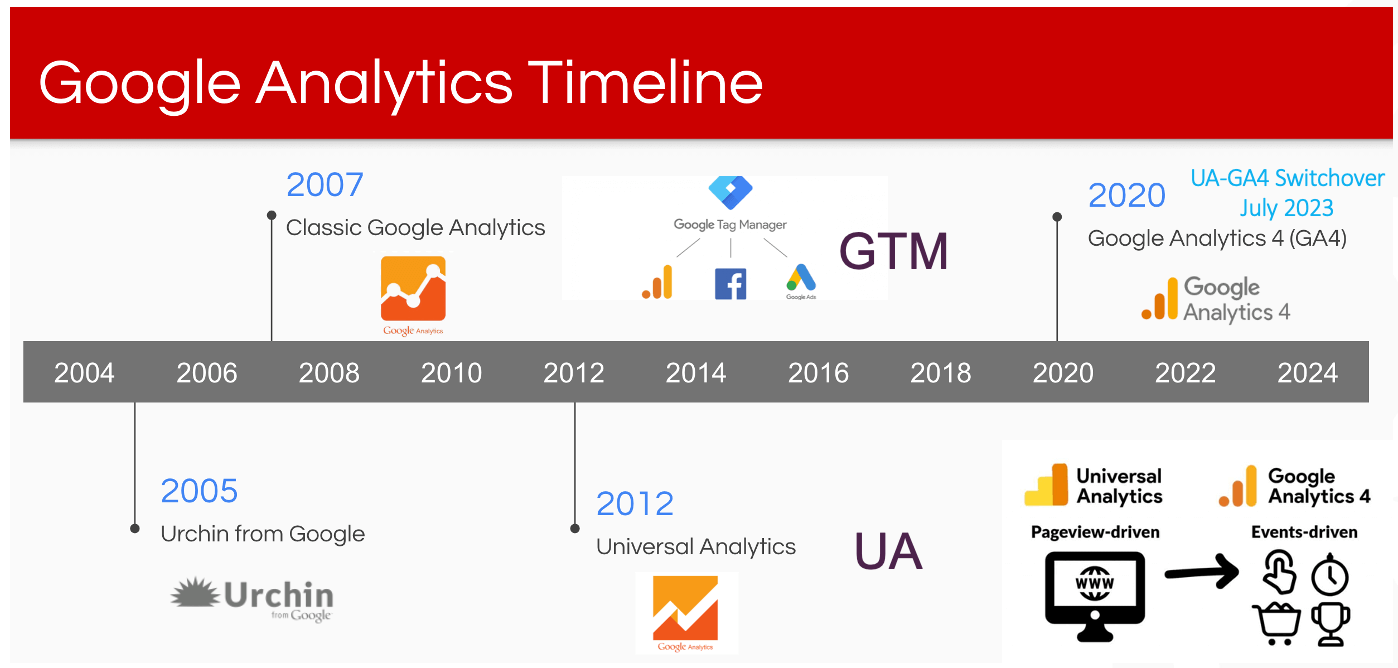Enhance Your SEO Method With Effective Google Analytics Tracking Code
Including Google Analytics tracking code into your SEO approach is a pivotal action toward attaining measurable outcomes. Proper application not just supplies a clear home window into user habits and website traffic sources yet also highlights important efficiency indicators that can educate your content technique. By comprehending metrics such as natural traffic and conversion prices, you can determine areas for optimization. Nevertheless, real potential hinge on exactly how these understandings can be leveraged to improve your method. What certain approaches can you adopt to optimize the impact of this data on your SEO initiatives?

Recognizing Google Analytics Fundamentals
To efficiently utilize Google Analytics for SEO, it is vital to comprehend its foundational principles. Google Analytics acts as an effective tool for monitoring and evaluating internet site traffic, offering insights that are essential for enhancing online search engine efficiency. At its core, the platform makes it possible for customers to check individual behavior, web traffic resources, and key performance indications (KPIs) such as bounce rates and session periods.
Experience with the user interface is vital. The Target market area gives demographic insights, helping to customize content to target users efficiently.
Comprehending metrics such as natural website traffic quantities and conversion rates is important for reviewing search engine optimization performance. Inevitably, understanding these essentials permits digital marketing professionals to harness the complete possibility of Google Analytics, driving educated choices that improve general SEO methods. By establishing a solid foundation, businesses can effectively analyze their efficiency and identify opportunities for improvement in their on-line visibility.
Establishing Tracking Code
Correctly establishing the tracking code is essential for accurate information collection in Google Analytics. The very first step involves creating a Google Analytics account and residential property, where you will receive an unique monitoring ID. This ID is vital for linking your web site's information to your Google Analytics account.
When you have your tracking ID, incorporate the monitoring code snippet right into your web site's HTML. This is typically placed in the header area of each page to guarantee it tons early in the web page making process. If you're using a Web content Administration System (CMS) like WordPress, many plugins streamline this process, permitting you to add the tracking code without straight HTML editing and enhancing.
After carrying out the tracking code, it is crucial to evaluate its functionality. You can use the Google Tag Aide tool to confirm if the tracking code is properly mounted and operating. Furthermore, monitor the real-time coverage attribute in Google Analytics to verify that information is being collected properly.
Ensuring that the tracking code is appropriately set up lays the foundation for reliable data analysis, allowing you to make enlightened decisions to improve your search engine optimization strategy and general web site efficiency.
Key Metrics to Screen
Recognizing key metrics to keep track of is crucial for understanding the efficiency of your search engine optimization approach through Google Analytics. By concentrating on particular information factors, you can determine the influence of your optimization efforts and make informed decisions to improve efficiency.
Among the key metrics to track is natural website traffic, which indicates the number of visitors getting to your site with internet search engine. This metric reflects the overall health of your SEO strategy. Next, keep track of the bounce rate, which shows the percentage of visitors who leave your site after viewing just one page. A high bounce rate might signify that your web content is not fulfilling customer assumptions or that your touchdown pages need enhancement.
Furthermore, think about tracking conversion rates, as these metrics disclose just how well your site fulfills its organization goals, such as producing leads or sales. Key words positions are additionally vital; monitoring changes in keyword placements assists assess the performance of your targeted search engine optimization efforts. Ultimately, examine the typical session duration, which suggests individual involvement and web content significance. By very closely adhering to these crucial metrics, you can acquire valuable understandings into your search engine optimization technique's efficiency and determine areas for enhancement.
Analyzing Customer Behavior
Recognizing user behavior is important for fine-tuning your Search engine optimization approach and making the most of site performance. Google Analytics offers a riches of data on individual interaction metrics, such as bounce prices, time on website, and web page sights per session.
In addition, tracking customer circulation can disclose usual navigating courses, highlighting possible traffic jams or locations for renovation. Recognizing the demographics, rate of interests, and geographic areas of your site visitors enables even more customized material that speaks with their needs. Utilizing segmentation attributes in Google Analytics better boosts your capacity to examine individual actions by enabling you to compare various target market teams.
In addition, monitoring conversion prices and user activities can offer insights right into the performance of your phone call to activity and overall site style. This holistic sight of individual habits is vital for making informed choices that improve user experience and drive greater interaction, ultimately adding to enhanced SEO efficiency.
Leveraging Insights for SEO
Consistently leveraging understandings acquired from user actions analysis can significantly improve your SEO initiatives. By utilizing Google Analytics, you can recognize essential metrics such as bounce prices, session duration, and customer flow, which reveal exactly how site visitors engage with your content. These understandings allow you to identify areas requiring renovation, such as high departure web pages or underperforming key phrases.

Furthermore, tracking organic website traffic resources supplies clearness on which channels are most reliable, permitting you to designate resources strategically (when does the google analytics tracking code send an event hit to analytics?). By analyzing conversion prices together with traffic data, you can recognize which web pages drive actual business outcomes, fine-tuning your SEO technique you can try these out additionally
Integrating these insights right into your content approach not just enhances presence however also cultivates a much more user-centric approach. Inevitably, a data-driven SEO approach notified by analytics not just improves rankings however also straightens your objectives with individual assumptions, bring about continual growth and engagement.
Conclusion
Reliable application of Google Analytics tracking code substantially enhances a SEO strategy by offering crucial insights right into customer behavior and web traffic resources. Eventually, leveraging these insights adds to fine-tuning SEO efforts, driving more appropriate web traffic, and boosting overall site performance.
Including Google Analytics tracking code into your SEO technique is a crucial step towards attaining quantifiable results. At its core, the platform allows users to keep track of individual habits, traffic sources, and essential performance indicators (KPIs) such as bounce rates and session periods.
Recognizing individual actions go is vital for refining your Search engine optimization strategy and taking full advantage of website efficiency.Continually leveraging understandings gained from customer habits analysis can substantially improve your Search engine optimization initiatives.Reliable implementation of Google Analytics tracking code considerably enhances a Search engine optimization method by providing vital understandings into user behavior and traffic resources.